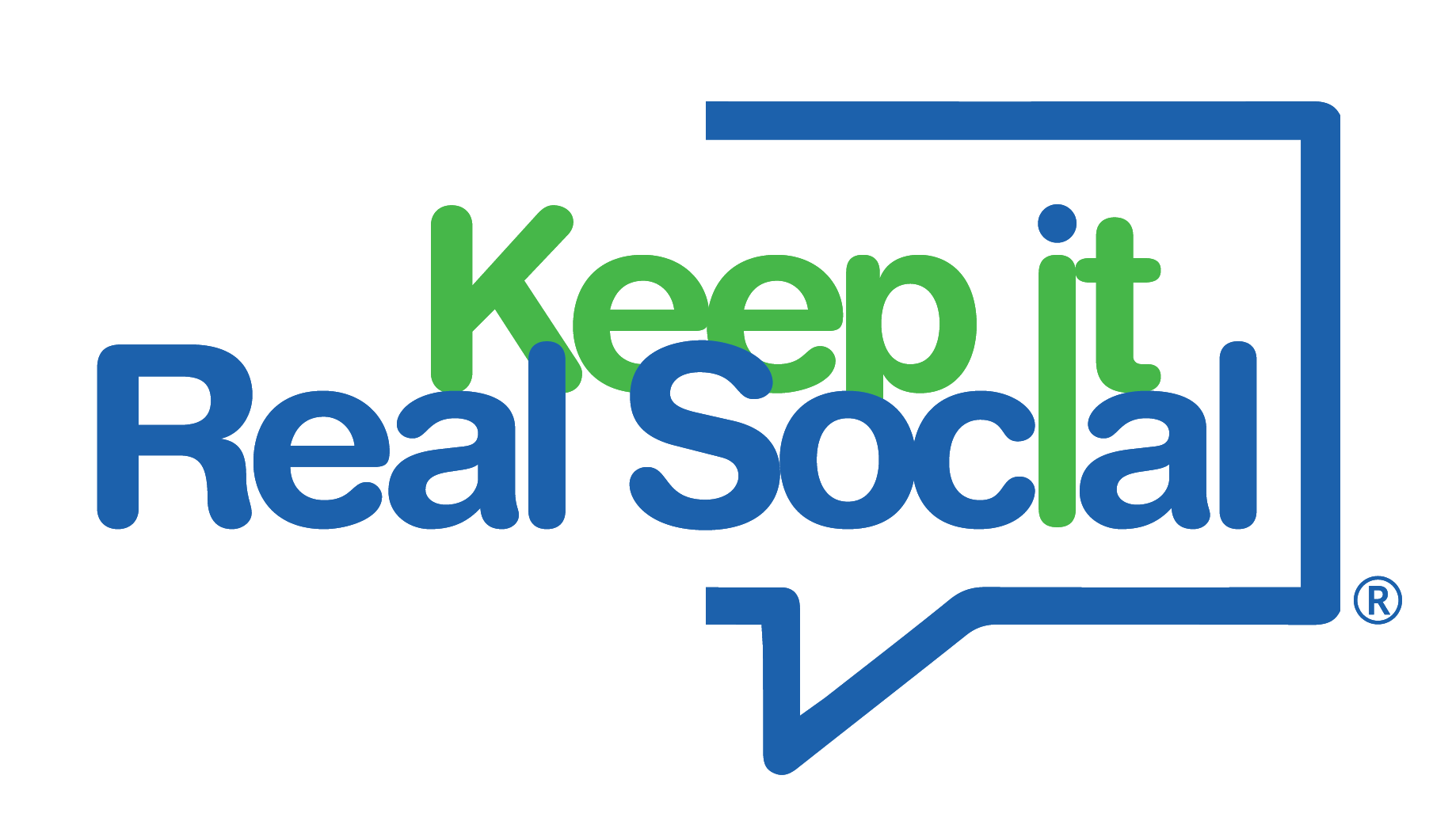The point of market research is to gather data and give you a comprehensive picture of your target market. When businesses do this, they create a unique customer profile. This is the ideal customer who wants and needs your products, and it’s very detailed. A good customer profile must be as specific as possible. Lots of companies go so far as to give them names and draw images. They may even post pictures of real people who represent their market.
Demographic Information
As we discussed earlier, the basis of your customer profile is demographic information. You can think of these as their personal stats. They include:
- Age or age range
- Gender
- Geographical location
- Level of education
- Type of occupation (or specific occupation)
- General income level
- Family structure
For example, your customer may be a 40-something mother working a professional job that lives in the suburbs of a large city. Or you may target mostly male Americans who earn over $72,000 a year.
Lifestyle and Hobbies
Lifestyle and hobbies are also important. These belong in the category of psychographic data. Some examples of lifestyle and hobby data are:
- Free-time activities
- Eating and health habits
- Smoking and drinking
- Clubs and organizations they belong to
- Places they frequent
All of this is equally important, if not more so. For example, you may target well-to-do males in their twenties who enjoy the nightlife on the weekend. If your product is related to the outdoors, your ideal customer is active on the weekends camping, hiking, snowboarding, and doing other outdoor activities.
Morals and Values
Psychographic data gets to the core of how people see themselves. You’ll also want to clearly define their attitudes and beliefs about themselves, the world around them, current events, and products such as yours. Included in this category would be goals, aspirations, and where they see themselves in the future.
Pain Points
A very important bit of psychographic data is to know what your market’s pain points or major problems are. You’re going to offer them the solution – your product or service. You should define what frustrates them, what they worry about or fear, and what problems they face. It’s also good to know what kinds of solutions they’re looking for.
Shopping Habits
Your profile should also address how people in your market shop. This includes how much they spend, where they like to shop (online vs. off), and how they use the products they buy. As a marketer, it’s your job to connect them to the right products where and when they’re looking for them. That’s why this information is so essential.
Stereotyping Can Be a Good Thing!
Isn’t all of this stereotyping? Of course, it is! But it works. By creating a profile of your ideal customer, you know exactly where to aim your marketing efforts. Without it, you’ll cast your net too wide and your message will be irrelevant to many who hear it, wasting your resources and advertising dollars. Create all of your marketing materials and sales copy by speaking directly to this ideal customer and the right people will get the message.



